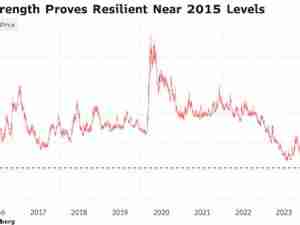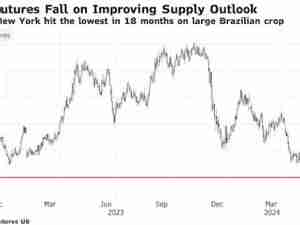July and August traditionally mark the beginning of the harvest in Ukraine. This means more grain to be exported.
Usually, during these months, traders would actively increase their exports, and leave some in storage to sell later. However, exactly a year ago, the Ukrainian agricultural sector was trapped: the grain stored for the spring could not be exported because of Russian aggression, and then the new harvest began. As a result, as of July 2022, Ukraine had more than 20 million tons of unexported harvest from the previous season, and could export at best 3 million tons per month.
The situation was saved by the Black Sea Grain Initiative, which, despite pessimistic expectations, was launched on August 1, 2022. Since then, more than 32 million tons of grain have been shipped by sea. Since July 1, 2022, corn and wheat have accounted for the bulk of exports - 16.9 million tons and 8.9 million tons, respectively. Also, 1.3 mln tons of barley were exported. As for the oilseeds and their products, the main indicators of shipments are as follows: rapeseed - 1 mln tonnes, soybeans - 0.8 mln tonnes, sunflower oil - 1.7 mln tonnes, sunflower meal - 1.9 mln tonnes.
The top three importing countries are China (8 mln tons), Spain (6 mln tons), and Turkey (3.2 mln tons). China is also a leader in corn imports (5.8 mln tons), while the largest volume of wheat was shipped to Spain (2.3 mln tons).
Exactly one year has passed. After repeated manipulations by the Russian Federation about the alleged end of the grain initiative, the Russians really decided to remove themselves from this agreement. This was no surprise to Ukraine or the parties to the agreement, but it immediately affected world prices. For example, the price of wheat in the United States rose sharply this morning.
The UN emphasizes that thousands of people in poor countries depend on Ukrainian grain. Due to the absence of Ukrainian exports last year, wheat and corn prices jumped by hundreds of dollars, which not only physically deprived consumers in Africa and Asia of Ukrainian food, but also made it impossible to buy it affordably in other countries.
"The fact is that over the past year and a half, Russia has been working to take away key Ukrainian markets. Russian exporters were intercepting Ukrainian contracts while the Black Sea was blocked, and even after the corridor was reopened, Ukraine was unable to regain all its customers, especially in Egypt. Due to the vessels' downtime while waiting for inspection in Istanbul, charterers terminated their contracts and buyers refused to accept the cargo," comments Andriy Dykun, head of the Ukrainian Agri Council.
As of today, we know that there are no vessels left in Ukrainian ports - the last one left the port of Odesa on July 16. And it is highly doubtful that shipowners will dare to send their ships to Ukraine in the near future, knowing that Russia has refused to guarantee the security of the "grain corridor". Although, according to experts, without Russia's involvement - in every sense - it would be much easier to organize the passage of ships along the route.
However, we need to be realistic: few people would dare to send their ships to a corridor that could be attacked by the Russian army. And it is unlikely that increased insurance premiums for shipowners or military convoys will help. It should be reminded that ships stopped arriving at our ports back in June, about a month before the grain deal expired.
Now, Ukrainian farmers need to look for alternative routes. And here, the role of ports on the Danube, which have gained a second wind after the Russian invasion, will increase significantly. The fact is that from these ports, ships loaded with grain enter the Black Sea and very quickly find themselves in Romanian territorial waters. This is exactly what happened before the "grain deal" of July 22, 2022 was signed. In addition, there are rail routes for the delivery of Ukrainian agricultural products to the Black Sea and Baltic ports of Europe.
Of course, alternative routes are worse than the "grain corridor", primarily because of more expensive logistics, but farmers have no other choice. Otherwise, the surplus harvest will simply go to waste.
Ukraine has already begun harvesting more than 2 million tons of grain. At the same time, the campaign has also begun in the European Union, so Western ports will be loaded with their own grain, with very limited opportunities for Ukrainian exports. It is not surprising that Russia decided to withdraw from the grain deal now.
However, the current situation in Ukraine is different from last year. First, due to the hostilities and the occupation of some territories, last season's harvest was significantly lower than the record-breaking one in 2021. Accordingly, only 9 mln tons of carry-over grain remains on the market, which was not exported last season. There is enough space for them. According to Andriy Dykun, there is enough capacity to store 44 million tons of grain.









